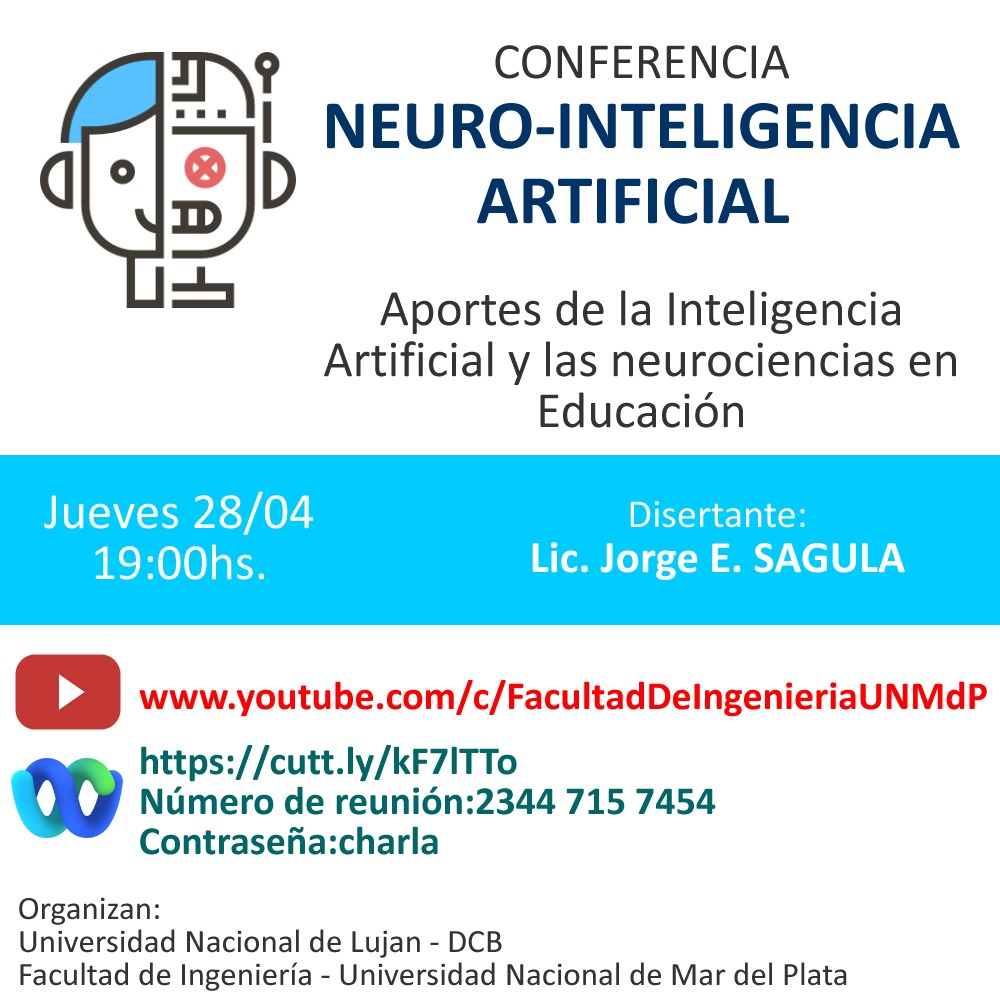
- (223) 481-0046 - 481-1262
- ingenier@fi.mdp.edu.ar
- Inicio
- Noticias
- Institucional
- Autoridades
- Carreras de Grado
- Carreras de Posgrado
- Departamentos
- Departamento de Ingeniería de Materiales
- Departamento de Ingeniería Eléctrica
- Departamento de Ingeniería Electrónica y Computación
- Departamento de Ingeniería Industrial
- Departamento de Matemática
- Departamento de Física
- Departamento de Ingeniería Química y en Alimentos
- Departamento de Ingeniería Informática
- Institutos y Grupos de Investigación
- Reglamento Interno
- Ir a UNMDP
- Docentes
- Secretarías
- Estudiantes
- Graduados
- Contacto
- Inicio
- Conferencia: Neuro-Inteligencia Artificial
Ingreso
Área de Ingreso a la Facultad
Estudiantes
Portal SIU
Webmail
Servicio de Correo Electrónico
Gestión de Aulas
Acceda a los horarios de las aulas
Contacto
Área de Contacto con la Facultad de Ingenería



